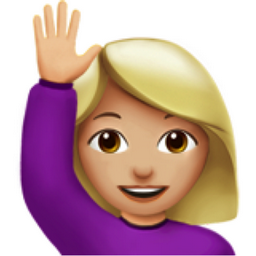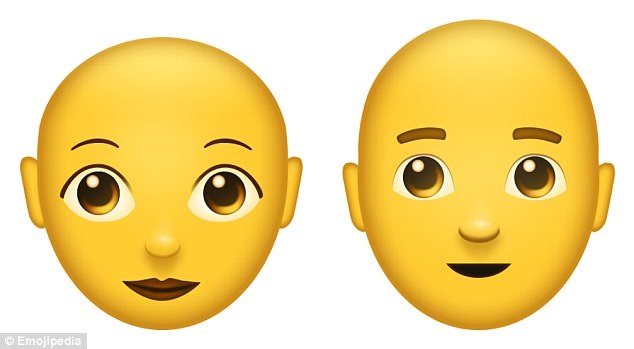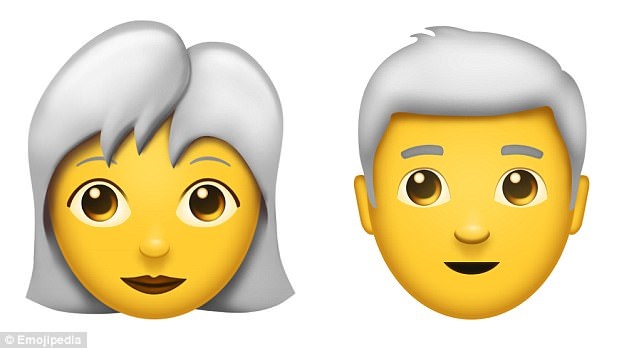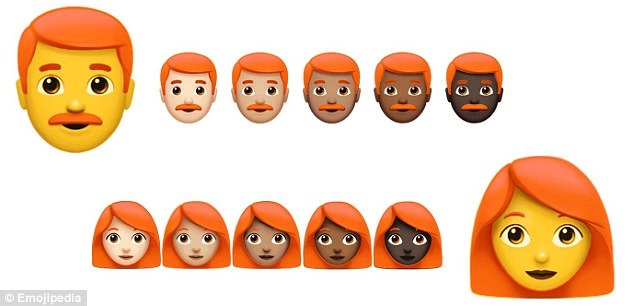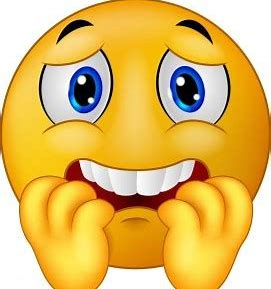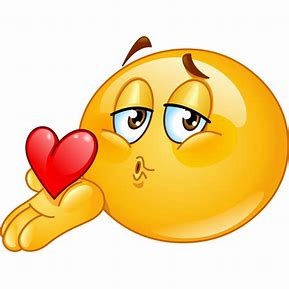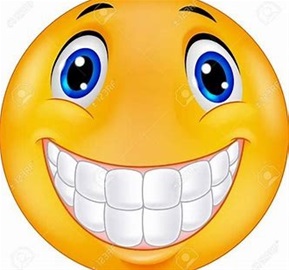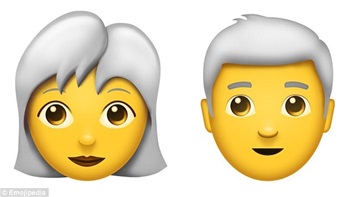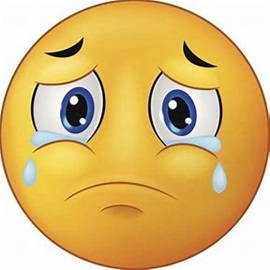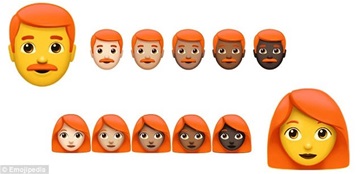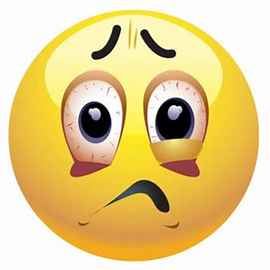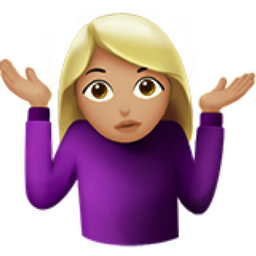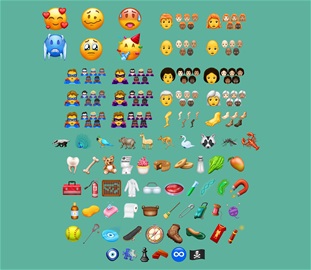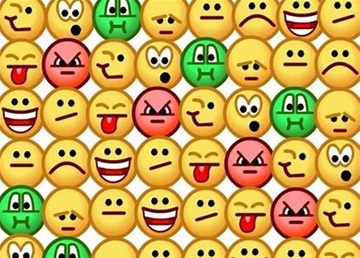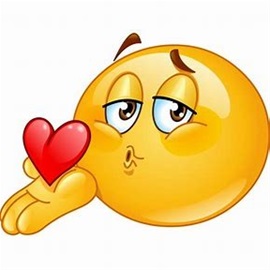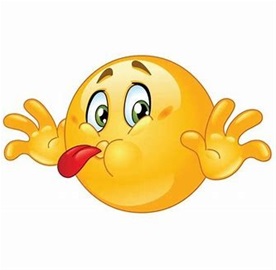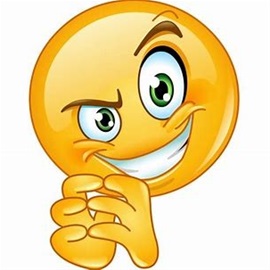MIXED EMOJIS
Sometimes a picture is worth a thousand words! And where emoji is concerned never has there been such truth!
Emoticons have come a long way since the days of :-) Thanks to emojis we can express far more complex emotions and ideas! We even celebrate World Emoji Day on July 17!
Emojis are a way of expressing ourselves in the face of limited time and limited space to let people know how we feel without words. The majority of the world has been taken over by these little pictures!
You may have used a heart, thumbs up or sad face to show how you feel, but some emoji are more obscure and don’t get a look in. I don’t suppose many of us will ever have the need or inclination to use the aerial tramway or perhaps input symbol for Latin capital letters to express our innermost thoughts!
No surprise then that the least used emoji for a long time was the aerial tramway - a cable car symbol and the current loser of the emoji popularity contest is the obscure input symbol for Latin capital letters. Some emoji don't ever find their place in everyday usage and maybe that's ok!
The most popular emoji is the "face with tears of joy" (better known as the "laughing/crying" emoji) which has taken over from the standard smiley-face emoji in popularity. This may mean emoji users are moving towards exaggeration or irony/fun, or that all this emoji use has brought everyone to a higher emotional plane?
Emoji can be fun and innocent, but there are some like the aubergine and peach which can be seen to have sexual connotations for those using them for the purposes of flirtation and sexting. Research has found that the aubergine emoji is used most in the UK so what exactly do the aubergine and peach emoji mean? Other than their respective vegetable and fruit meanings, of course? Well when it comes to sexting, the peach represents a bum… because it looks like a bum and I’m sure you can all use your imaginations to guess what the aubergine represents! So be careful how you use these emojis before you hit that send button!
Weirdly there is also a high demand for the taco emoji – although its not clear whether that is from our love of food or in homage to the vagina? Sometimes its best not to think too deeply and just use the catchphrase approach to emoji – "Say what you see!"
Emoji popularity is also reflected by it being awarded the Oxford Dictionary’s 'Word of the Year' which was a pair of symmetrical eyebrows, eyes, big gloopy tears, and a broad toothy grin!
That’s right, the 'Word of the Year' 2015 was the “face with tears of joy” emoji, even though it didn’t yet earn a place in the dictionary itself, but perhaps they are still trying to work out where exactly it would sit?
Emoji have a place at the heart of our language and Im sure it won’t be long before companies start using emoji in interviews to translate how you are feeling or for you to describe where you think you will be in 5 years in three emoji or less.
Using an emoji instead of a word is commonplace for most nations who it appears are even beginning to think in emoji. Like any sort-of language, emoji is evolving, not only in the 2D choices it offers, but in the way texters and typers are choosing to deploy them.
They are so flexible; mean different things to different people and the strings people tend to send are becoming longer and longer starting to tell stories in themselves. Without labels emoji meanings are left up to those who use them and the fact that we are using emoji in combination to express more complex ideas and experiences is one of the most fun and playful parts of having emojis.
They are everywhere! Small icons; smiley faces, winking eyes, hearts of all shapes, sizes and colours that help us understand our often-super-brief and at times complex open-to-misunderstanding communications. People of all ages understand that a single emoji can say more about their emotions than any text.
Emoji have continued to grow because they meet a need among mobile phone users. They are great for getting the general message across. Even if you don’t send emojis yourself, you will probably receive them – moreso from the younger generation. Did you know that in the UK, a third of over-40s have never used an emoji! – shocking!
It now feels hard to imagine online communication without them, most of us struggle to remember a time without them even though their explosion to popularity in the UK only dates back to October 2011. This was when Apple’s 5 bestowed the little icons upon millions of iPhones. (Gmail launched emoji support several years earlier, as did a number of third-party emoji apps).
The launch of emoji quickly embedded in our daily communication and since then the little pictographs have become such an integral part of our text messages, emails and social media, they have evolved into characters for a new millennial language and are found in all modern communication means. Naturally with the growth of social media, these pictorial representations of feelings have gained enough significance in terms of communication for them to continue to grow.
Every year more emoji are introduced. In 2016, 38 new emojis included bacon strips, champagne, a pregnant woman, a groom to go along with the bride – and the introduction of Mrs Claus - so no more solo texts Santa!
So why have emoji become part of our everyday lives?
Its probably because they can be used in an infinite number of ways, the most common being to lighten the mood by introducing sarcasm or humour and as a comfortable way to express ourselves in communicating when words simply fail us! They often convey an easily identified thought or feeling, so can be understood in context without difficulty.
Unsurprisingly studies have revealed people remember what they’ve read more easily thanks to emoji. It seems most of us pay more attention to faces than we do to anything else and we react to them like a real human face! When we look at a smiley face online, the same parts of our brain get activated as when the face had been real.
However, with the emoticon it only works in the left-to-right format.ie humans recognise :-)” the same way as a human face, but not (-:.
These little pictures that make texting so fun were created in 1998 by Shigetaka Kurita, an engineer at the Japanese phone company, NTT Docomo. His job was to create a way for customers to communicating using icons.
His efforts resulted in the creation of 176 icons, which he called “emojis.” The name is driven from 2 Japanese words “e” (picture) and “moji” (character). The original emoji were black and white and confined to 12 by 12 pixels, very simple and with not much variation
The first colour emoji appeared in 1999, when other mobile carriers in Japan started designing their own versions, like those you see today.
But the predecessors of the “picture characters” we know and use excessively today are much older than you would expect. The first emoticons appeared in an issue of Puck magazine, all the way back in 1881. The magazine published four “faces”—conveying joy, melancholy, indifference, and astonishment and called them “typographical art.”
Emoticons made with punctuation marks were first used as a way of communicating emotions online in 1982. Scott Fahlman came up with a solution to add the symbol :-) to denote humorous posts and add the symbol :-( to serious ones. In his announcement about this proposal, he specified readers to read it sideways.
Our reliance on emojis inevitably led to emoji politics and pictures of same-sex couples were introduced alongside their heterosexual counterparts in 2012 but it wasn’t until 2015 that Apple users finally gained the option to choose the skin colours on their emojis’ faces.
Strangely along the journey of what to introduce there has been mild outrage online over the lack of symbols for cheese and tacos. Can you brielieve it a petition for a tiny taco to be added to the app collected more than 32,000 signatures and Tesco was at the forefront of the emoji “cheese-olution” on Twitter.
Ginger Parrot, a website for redheads and ginger lovers also ran a petition to add red hair to the options for emojis, which only included blonde and brunette. The absence of redheads also prompted a global outcry and another online petition in Scotland demanding a ginger emoji got over 20,000 signatures.
In 2018, 157 new emojis were added bringing the total number of approved emojis to 2,823 where redheads and people who are losing their hair finally could get their own emoji - hooray - not that im bald or ginger.
New emojis include redheads, curly hair, superheros, infinity, kangaroo and more. It’s the first-time new components have been available for hair colour. Options are provided for red hair, curly hair, white hair, and baldness and these are available for use in sequences for men and women of any skin tone. Other notable inclusions include emojis for popular activities such as sewing, knitting, lacrosse, and skateboarding.
Cant wait to try them all out - not an aubergine in sight!
